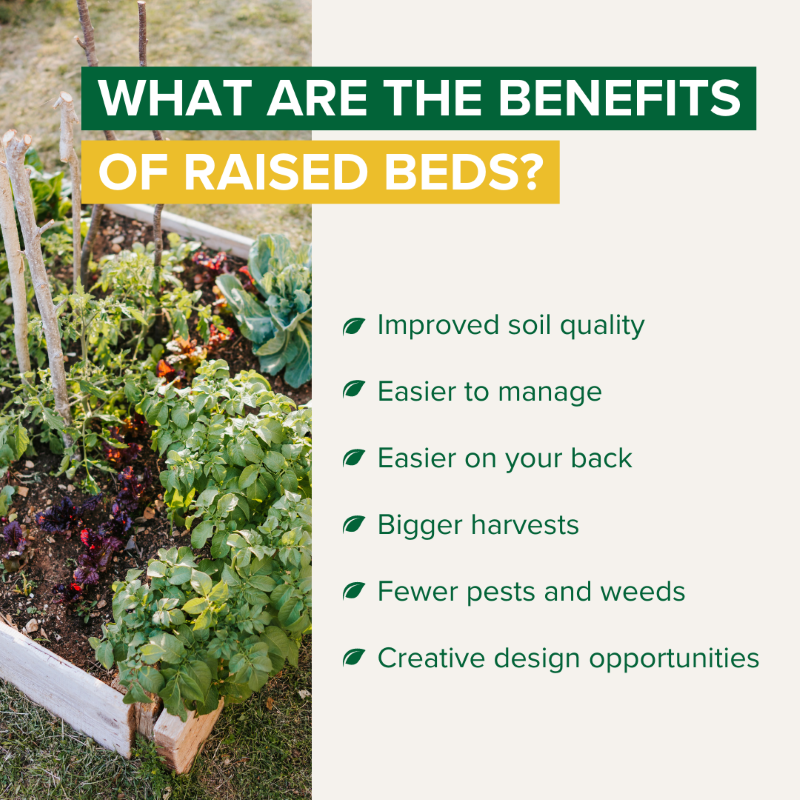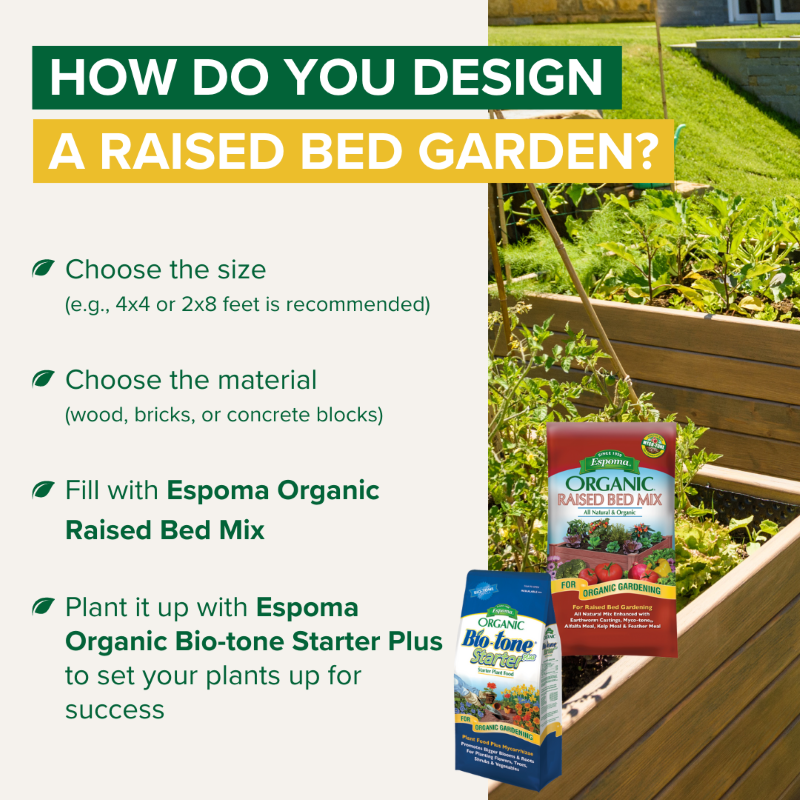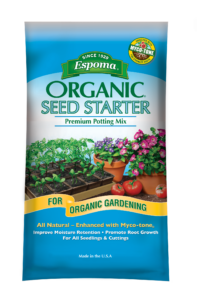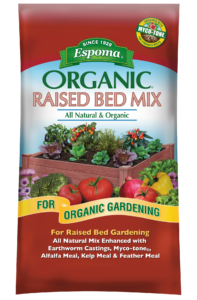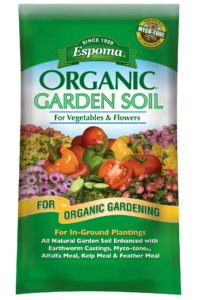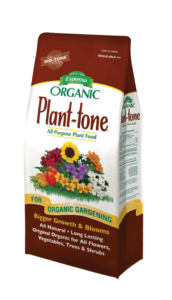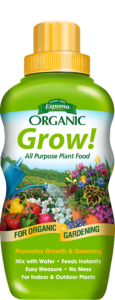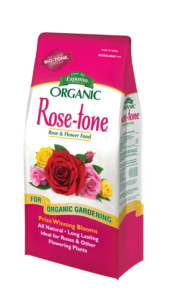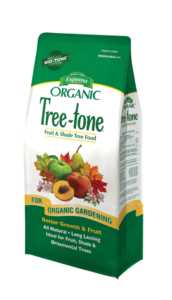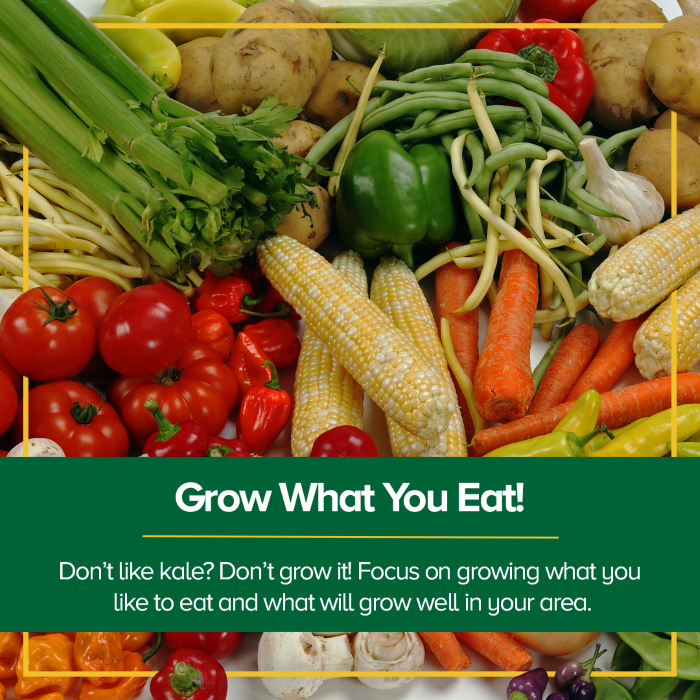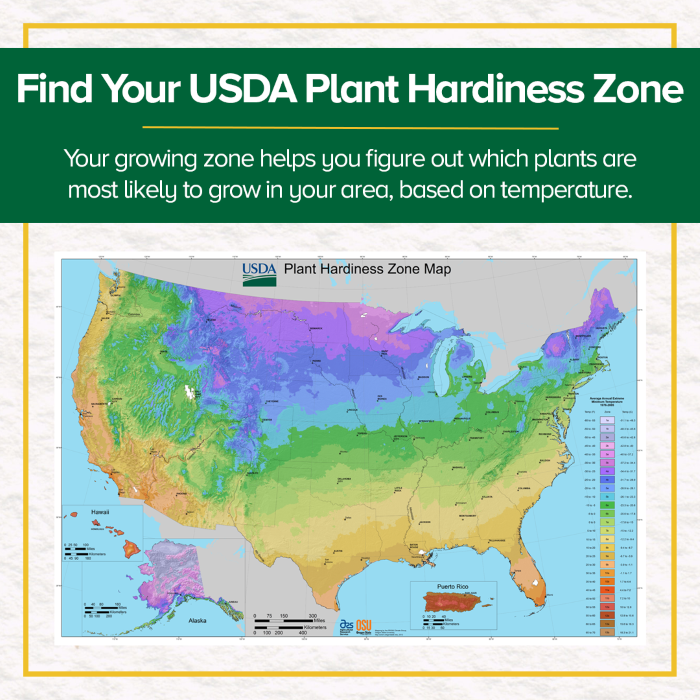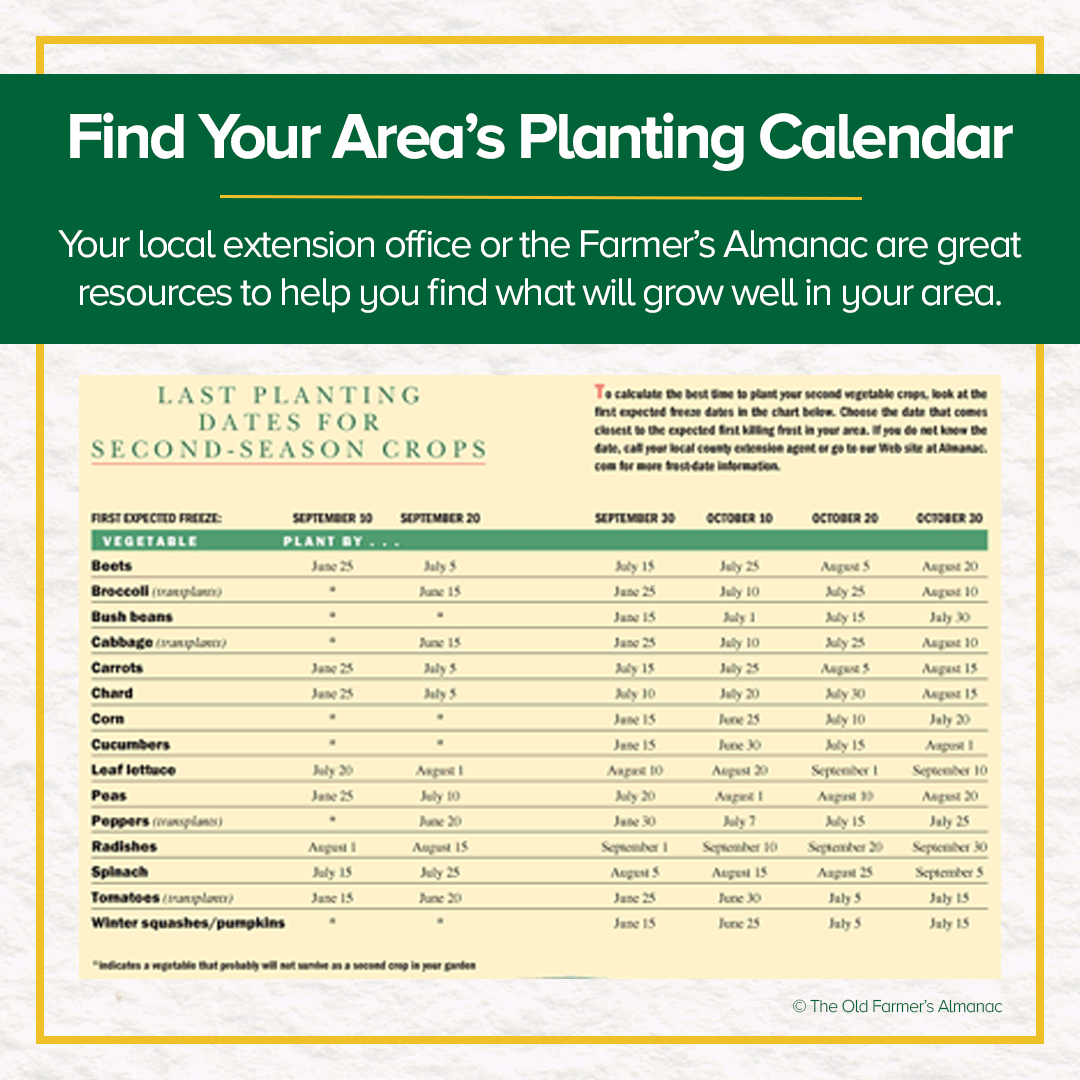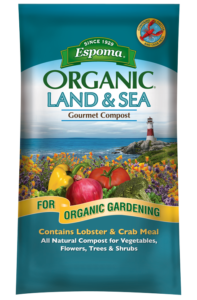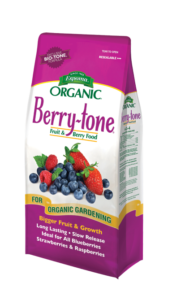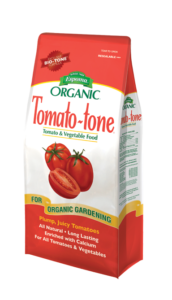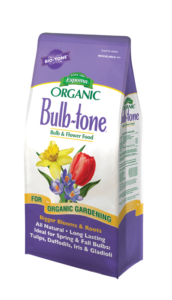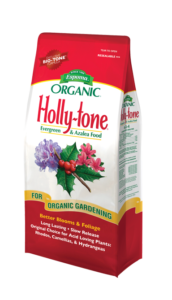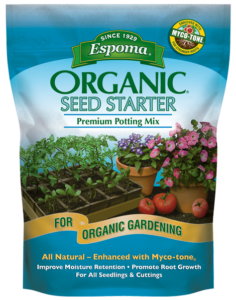Growing Joy with Maria – Episode 120 Blog: Raised Bed Gardening
Raised bed gardening is quickly gaining popularity among homeowners who are keen on growing their vegetables and flowers. In this article, we will discuss raised bed gardening, its benefits, designing a garden plot, plant propagation, and other gardening techniques you may find useful.
This blog is inspired by Episode 120 of Growing Joy with Maria Podcast, where host Maria Failla interviewed Nicole Burke from Gardenary to get personalized garden coaching, enriched with insightful perspectives on self-care, nature connection, and life overall.
Benefits of Raised Beds
Raised beds offer several benefits, making them an excellent choice for urban gardening enthusiasts. Here are some great reasons why raised beds might be just what you need for your garden:
- Improved Soil Quality: With raised beds, you get to choose the soil, which means it can drain well, have a great structure, and be full of nutrients. A high-quality soil mix like Espoma Raised Bed Mix makes a big difference in your plants’ growth and health.
- Easier to Manage: Since they’re up off the ground, raised beds are kinder to your back and easier to keep moist and weed-free. Less bending means it’s a great option for anyone with mobility issues, and the contained space makes it easier to manage.
- Bigger Harvests: You can fit more plants in a raised bed, which means more tasty veggies for you to share! With increased planting density, you can optimize your growing space for a bountiful harvest.
- Fewer Pests and Weeds: Being elevated helps keep pests and weeds at bay, and controlling them in a compact space is easier. The height can deter some pests, and the smaller area makes it more manageable to control weeds.
- Creative Design Opportunities: Raised beds let you unleash your inner garden designer, and there are loads of possibilities to create something beautiful and functional! They offer flexible design options and can be adapted to fit even the tightest of spaces.
Designing Your Raised Bed Garden
When you’re planning your raised bed garden, here are things that you should think about:
Deciding the Size (because size matters!)
The minimum recommended size for a raised bed is 4×4 or 2×8 feet. It’s important to have a wide enough bed that can accommodate a trellis in the center to support vining plants like tomatoes, cucumbers, and squashes.
Choosing the Material
You can make raised beds from wood, bricks, or concrete blocks. Wood is popular because it’s cheap, easy to work with, and looks great in the garden! Consider using untreated wood to prevent chemicals from leaching into your soil.
Creating the Soil
Good-quality soil is a must for your raised bed! The right soil blend will support your plants’ growth and provide the necessary nutrients. Espoma Organic’s Raised Bed Mix is the perfect option.
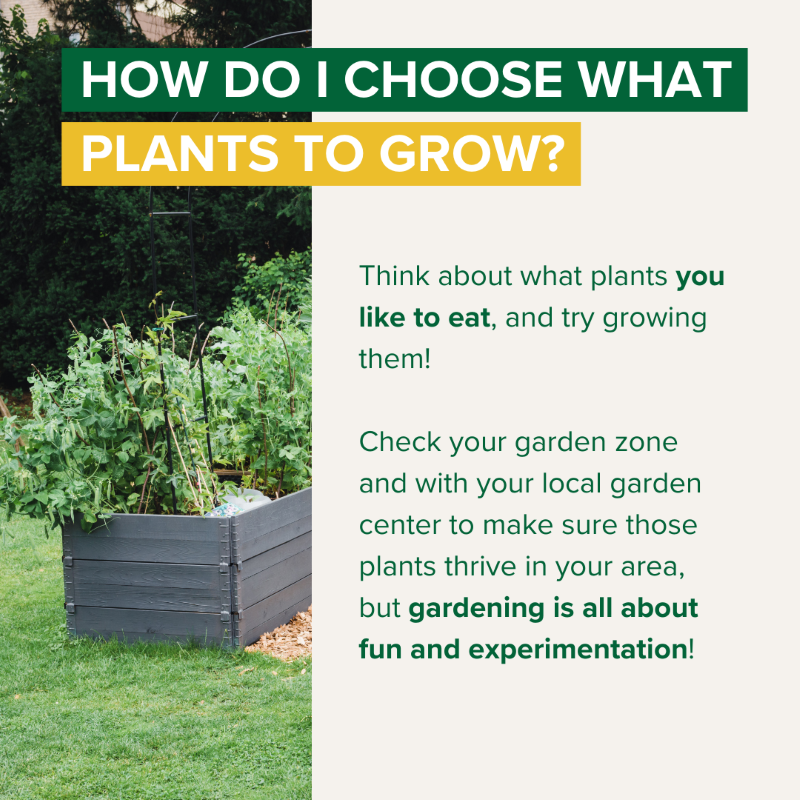
Choosing the Plants
Choose plants based on your overall garden plan, and consider their size, growth habits, and needs. Make sure to select varieties that will thrive in your climate and the specific conditions of your garden.
Gardening Techniques for Raised Beds
Plant with Purpose:
It’s crucial to plant mindfully to ensure a bountiful harvest. To get the most out of your garden, plant smart! Know the ins and outs of different plant families and their growth patterns, and be sure to plant them in the right season. Companion planting can also help plants grow better together.
Starting Plants from Seeds
Starting plants from seeds can be intimidating, but it’s cheaper than buying seedlings, and fun! Just use high-quality seeds, clean containers, and good potting soil, and you’ll be good to go. We recommend using Espoma’s Organic Seed Starter to ensure successful germination. Be patient and provide the right conditions for germination.
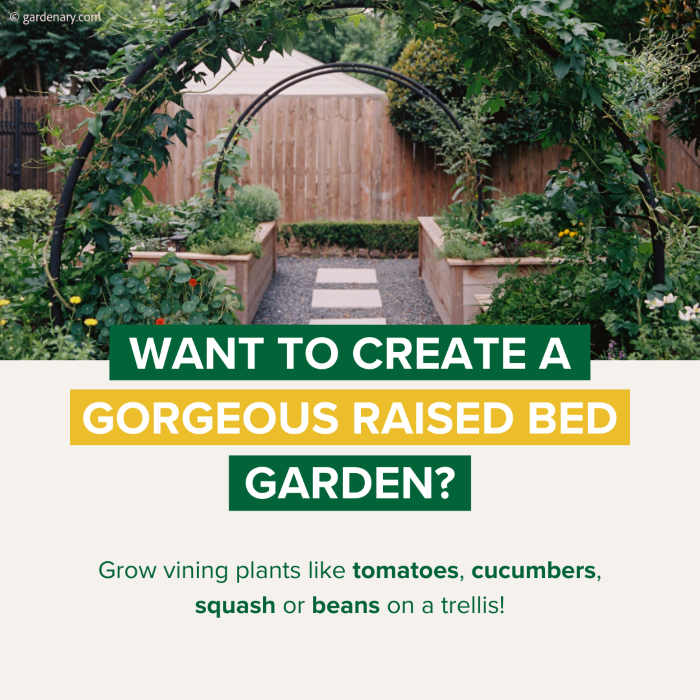
Growing Plants on a Trellis
Cucumbers, squash, tomatoes, and beans love growing on trellises, which can save space and look fantastic. Planting vining plants on opposite sides of the trellis can make your garden even more gorgeous. Trellises also improve airflow, which can help prevent diseases.
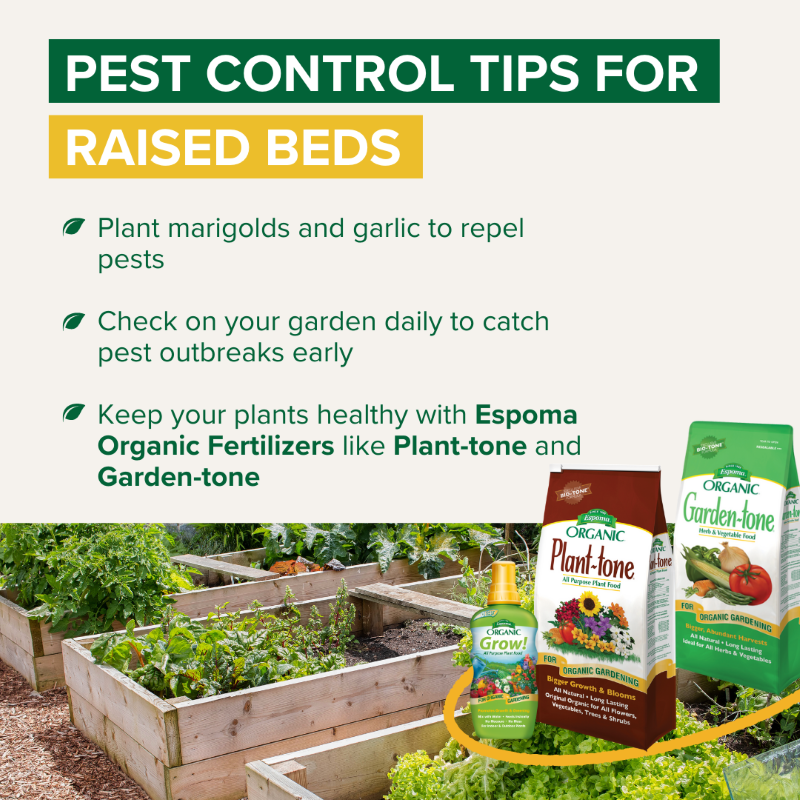
Pest Control
Planting marigolds and basil can help keep pests away from your tomatoes. Plus, keeping your garden tidy, not over-fertilizing, and using organic pest control methods can help keep your raised bed garden pest-free. To help your plants grow strong and healthy, consider using Espoma’s Garden Tone as a natural, organic fertilizer.
*****
Raised bed gardening is an excellent option for urban gardeners with limited space and mobility and can provide bountiful harvests with creative design options. Learning about the benefits, principles, and techniques of raised bed gardening can make your gardening more enjoyable and give you a chance to get back in touch with nature!
Featured Products:

